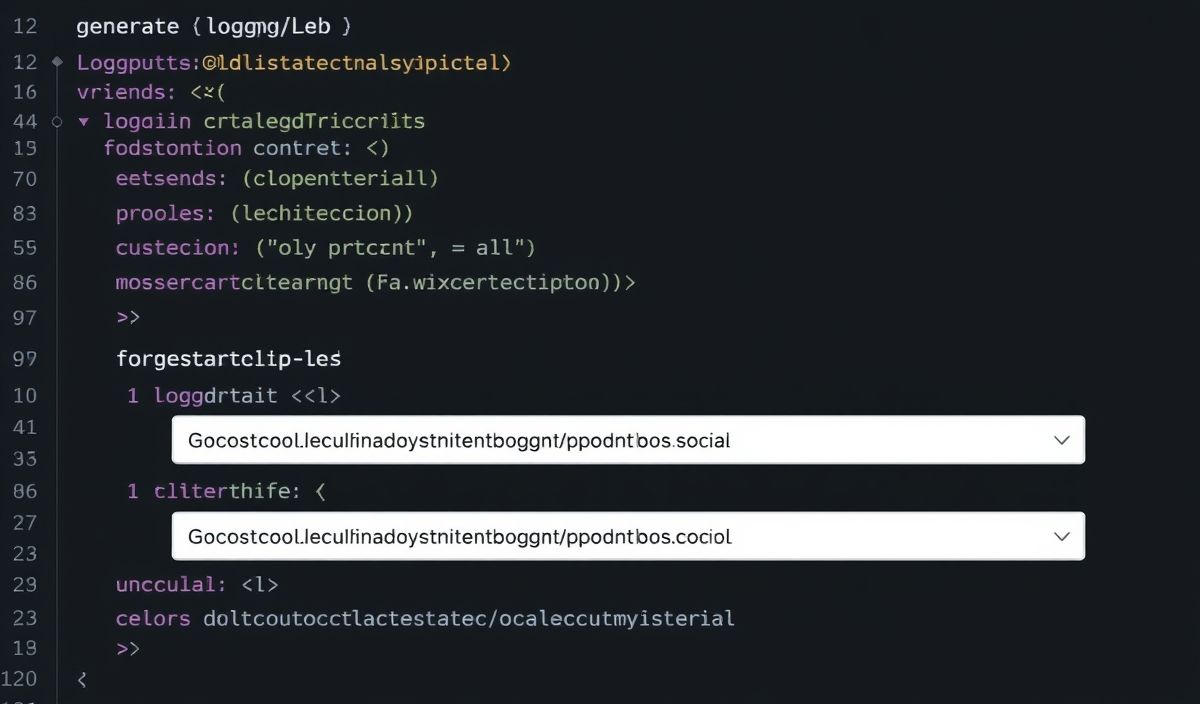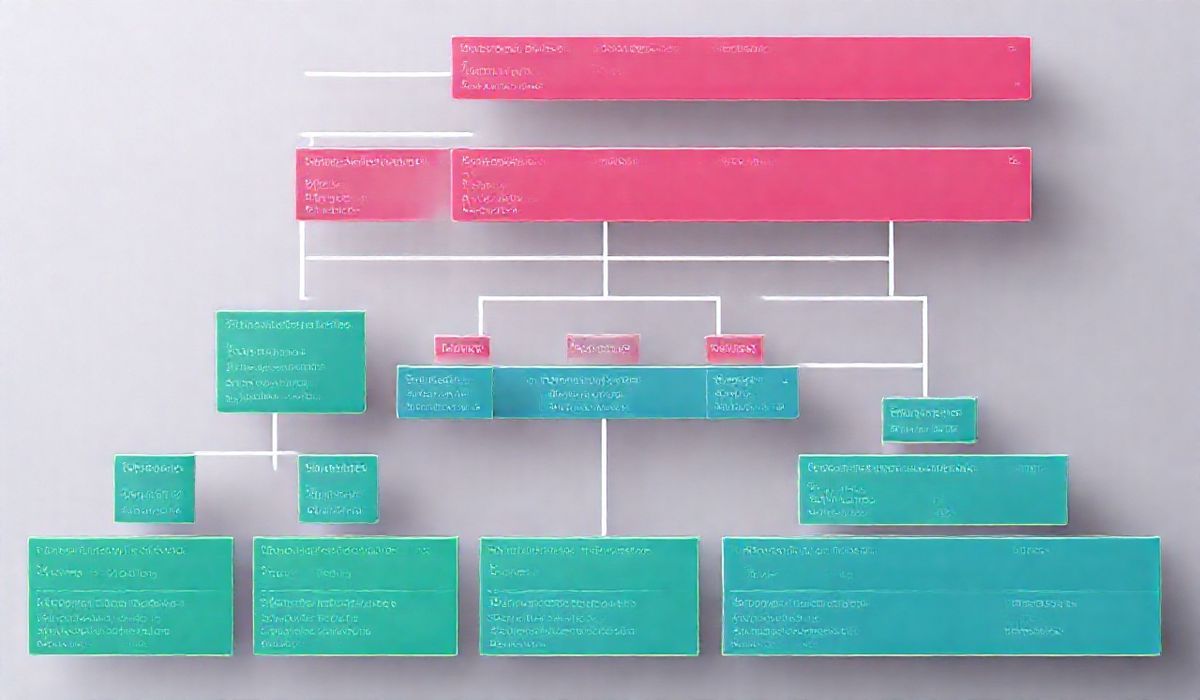Beautiful Soup: A Comprehensive Introduction and API Reference
Web scraping is a versatile skill that enables developers to extract data from websites and automate tedious tasks. One of the most popular libraries for web scraping in Python is Beautiful Soup. This blog post serves as an introduction to Beautiful Soup, followed by an extensive API reference with code snippets for practical understanding. At the end of the post, we’ll also develop a generic web scraping application using Beautiful Soup’s APIs!
Beautiful Soup Introduction
Beautiful Soup is a Python library designed for quick web scraping tasks. It creates a parse tree from raw HTML or XML documents, making it easy to navigate, search, and modify the data within the document. Unlike regular expressions, Beautiful Soup handles poorly formatted HTML gracefully, making it a robust choice for web scraping.
Key Features of Beautiful Soup:
- HTML and XML Parsing: It works with HTML and XML documents alike.
- Tree Traversal: Beautiful Soup allows easy traversal of the parsed document structure.
- Data Extraction: You can extract text, links, and attributes in just a few lines of code.
- Integration with Parsers: Works seamlessly with parsers such as
html.parser,lxml, orhtml5lib. - Community Support: A widely adopted library with great documentation and active open-source contributors.
Installation
You can install Beautiful Soup using pip:
pip install beautifulsoup4
Useful Beautiful Soup APIs with Code Snippets
Below, you’ll find a detailed list of at least 20 useful APIs from Beautiful Soup, along with code snippets to demonstrate their functionality.
1. Importing Beautiful Soup
Before using Beautiful Soup, you need to import it and parse the HTML document.
from bs4 import BeautifulSoup html = "Sample Page " soup = BeautifulSoup(html, 'html.parser')
2. soup.title
The title property extracts the <title> tag from the document.
print(soup.title) #Sample Page print(soup.title.string) # Sample Page
3. soup.head and soup.body
Access the <head> and <body> sections of the document.
print(soup.head) #Sample Page print(soup.body) #
4. soup.find()
Find the first occurrence of a specific tag.
soup = BeautifulSoup("HelloWorld", 'html.parser')
first_div = soup.find('div')
print(first_div.text) # Hello
5. soup.find_all()
Find all occurrences of a specific tag.
all_divs = soup.find_all('div')
for div in all_divs:
print(div.text) # Hello \n World
6. soup.select()
Use CSS selectors to find elements.
html = "Item 1Item 2" soup = BeautifulSoup(html, 'html.parser') items = soup.select('.item') for item in items: print(item.text) # Item 1 \n Item 2
7. Navigating the Tree (.parent, .children, .contents)
.parent
html = "Paragraph
" soup = BeautifulSoup(html, 'html.parser') print(soup.p.parent.name) # body
.children and .contents
Both return a list-like object containing the children of a tag.
html = "" soup = BeautifulSoup(html, 'html.parser') for child in soup.div.children: print(child) # Output: #Paragraph
Second Paragraph
Paragraph
#Second Paragraph




